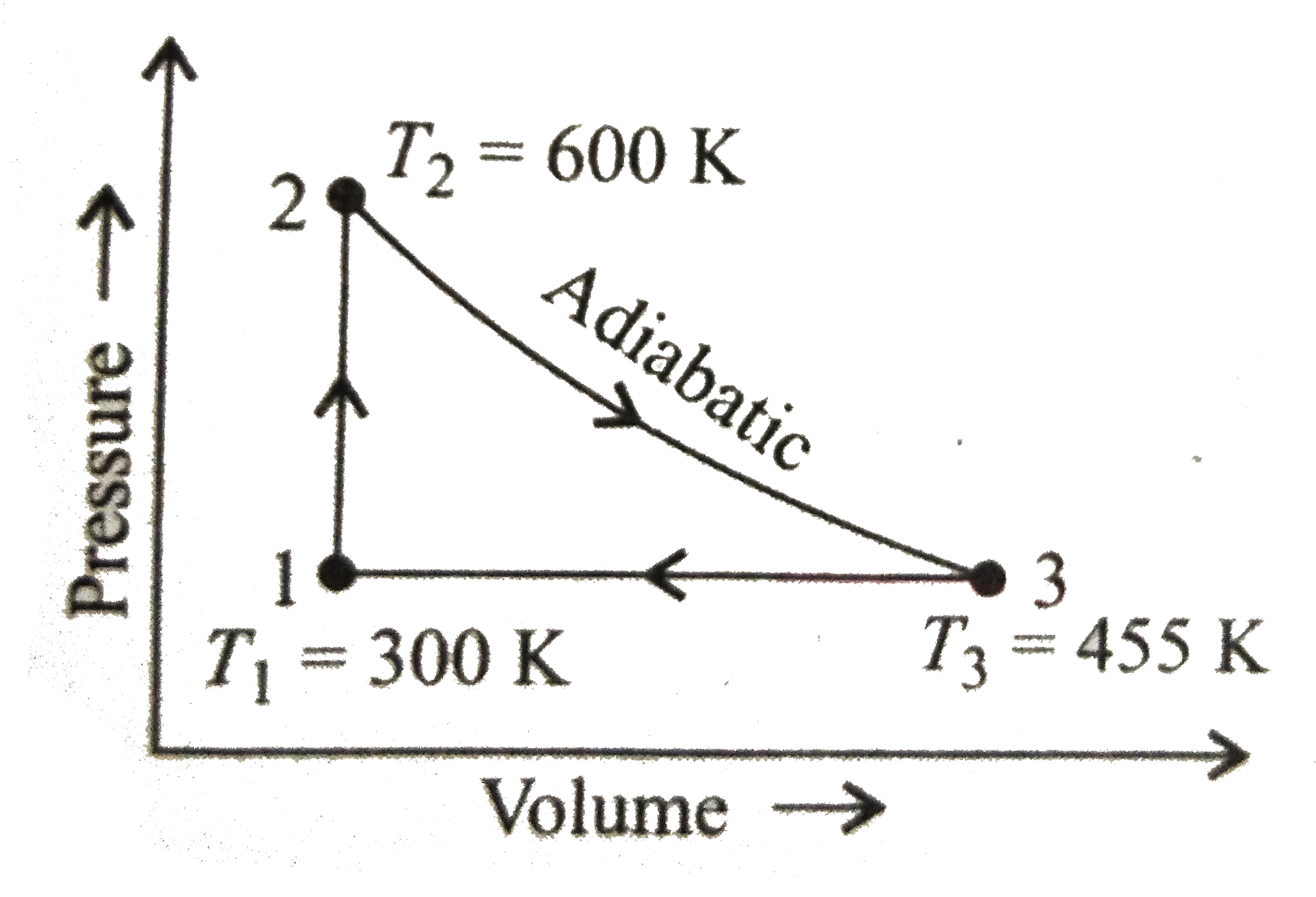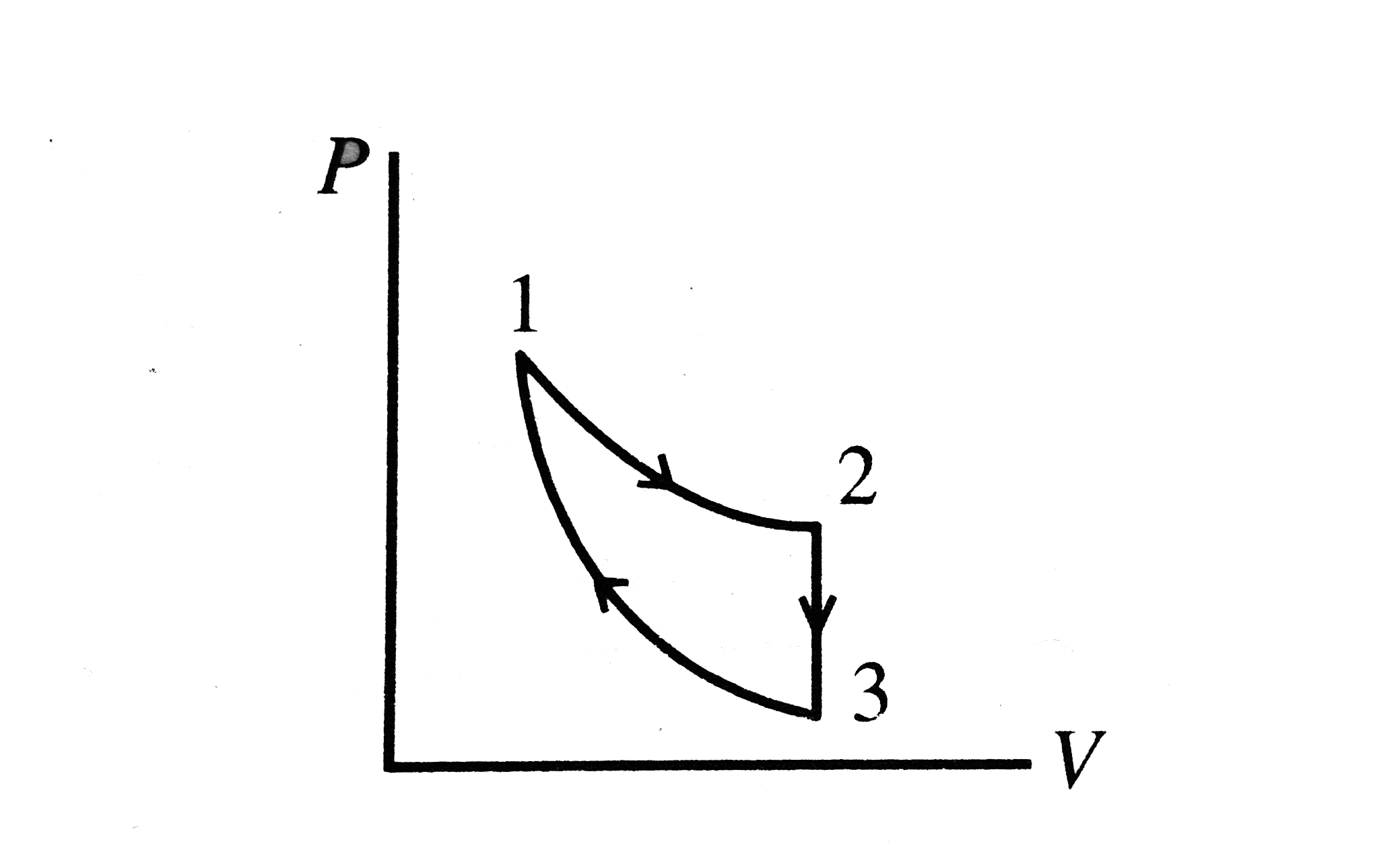A process is taking place at constant temperature and pressure. Then
ΔH
ΔH=TΔS
ΔH=0
ΔS=0
The correct Answer is:C
To solve the problem, we need to analyze the implications of a process occurring at constant temperature and pressure. Here’s a step-by-step breakdown:
Step 1: Understanding the Conditions
The problem states that the process occurs at constant temperature (T) and constant pressure (P). This is a crucial detail because it influences the thermodynamic properties involved.
Hint: Remember that constant temperature and pressure imply specific behaviors of enthalpy and internal energy.
Step 2: Enthalpy and Internal Energy
Enthalpy (H) and internal energy (U) are state functions that depend on temperature. If the temperature is constant throughout the process, then the change in enthalpy (ΔH) and the change in internal energy (ΔU) must also be zero.
Hint: Consider how state functions behave under constant conditions.
Step 3: Analyzing the Options
Now, let's evaluate the options given in the question:
- Option A: ΔH = TΔS
- Option B: ΔH = 0
- Option C: ΔS = 0
Since we established that ΔH = 0 due to constant temperature and pressure, we can conclude that Option B is correct.
Hint: Think about the relationship between enthalpy change and the conditions of the process.
Step 4: Conclusion
The correct answer is that the change in enthalpy (ΔH) is equal to 0 when a process occurs at constant temperature and pressure.
Final Answer: ΔH = 0 (Option B)
The problem states that the process occurs at constant temperature (T) and constant pressure (P). This is a crucial detail because it influences the thermodynamic properties involved.
Enthalpy (H) and internal energy (U) are state functions that depend on temperature. If the temperature is constant throughout the process, then the change in enthalpy (ΔH) and the change in internal energy (ΔU) must also be zero.
Now, let's evaluate the options given in the question:
- Option A: ΔH = TΔS
- Option B: ΔH = 0
- Option C: ΔS = 0
The correct answer is that the change in enthalpy (ΔH) is equal to 0 when a process occurs at constant temperature and pressure.
Topper's Solved these Questions
Similar Questions
A heat engine carries one mole of an ideal mono-atomic gas around the cycle as shown in the figure below. Process 1→2 takes place at constant volume, process 2→3 is adiabatic and process 3→1 takes place at constant pressure. Then the amount of heat added in the process 1→2 is
 View Solution
View SolutionThe changes in gibbs energy (ΔG) of a system for a process at constant temperature and pressure is
View Solution
Knowledge Check
- Question 1 - Select One
In an irreversible process taking place at constant T and P and in which only pressure-volume work is being done, the change in Gibbs free energy (dG) and the change in entropy (dS) satisfy the criteria
A(dS)V,E>0,(dG)r,p<0B(dS)V,E=0,(dG)r,p=0C(dS)V,E=0,(dG)r,p>0D(dS)V,E<0,(dG)r,p<0 - Question 2 - Select One or More
a A(g)+bB(g)→cC(g)+dD(g)
Reaction is taking place at constant Temperature, Pressure & Volume, then correct statement(s) is/are:Aa+b=c+dBMavg. may increase or decrease depeding upon limiting reagent.CVapour density of mixture will remain same throughout the course of reaction.DTotal molar will change with progress of reaction. - Question 3 - Select One
When pressure is increased at constant temperature.
ARate of Haber's process decresesBsolublity of gas in a liquid incresesCsolubility of solid in a liquid incresesD2C(s)+CO2(g)⇔2CO(g), rations moves in the froward direction.
Heat exchange taking place during a chemical reaction at constant temperature and pressure is called
View SolutionThree processes compose a thermodynamic cycle shown in the accompanying P−V, diagram of an ideal gas.
Process 1→2 take place at constant temperature, during this process 60J of heat enters the system.
Process 2→3 takes place at constant volume. During this process 40J of heat leaves the system.
Process 3→1 is adiabatic.
What is the change in internal energy of the during process 3→1? View Solution
View SolutionIn an irreversible process taking place at constant P and T in which only pressure volume work is being done by the system the change in Gibb's energy (ΔG) and change in entropy (Δ) , satisfy the criterion:
View SolutionThe oxidation of SO2 by O2 to SO3 is an exothermic process. The yield of SO3 is maximum if
i. Temperature is increased and pressure is kept constant
ii. Temperature is reduced and pressure is kept constant
iii. Pressure is increased
iv. Temperature and pressure both are increased
The correct option is:View SolutionAt constant temperature , the osmotic pressure of a solution is __
View Solution

